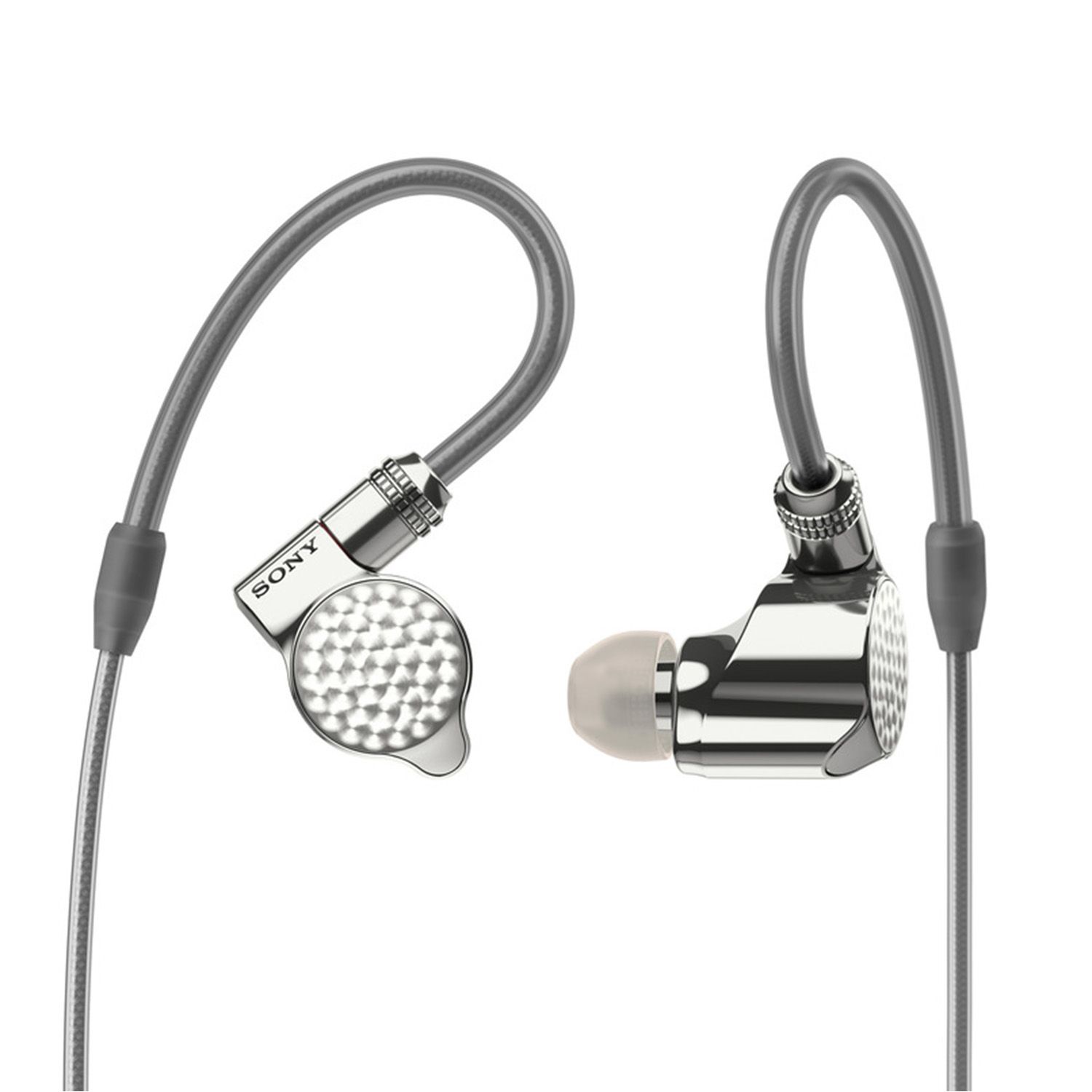Cantorvs.IER-Z1R
Sound & Specs Comparison
Information
Both IEMs are widely regarded in the audiophile community. See how they differ in terms of sub-bass response, upper mids, clarity, and overall tonality. Spider charts and rating breakdowns included.
Objective Comparison
Facts, details, stuff.
| General Info | Cantor | IER-Z1R |
|---|---|---|
| Brand | AFUL | Sony |
| Country | Taiwan | – |
| IEM Description | The AFUL Cantor combines technical precision with musicality in a hybrid design. Featuring a dynamic driver for powerful bass and multiple balanced armatures for clean mids and sparkly highs, it delivers a spacious soundstage with excellent separation. Tuning leans slightly toward a balanced-bright signature, making it a solid choice for detail lovers who still want some low-end punch. | Despite their small size, the Sony IER-Z1R earphones feature a sophisticated 3-way design with two dynamic drivers and a highly precise balanced armature. The sound quality is not just high-resolution—it's ultra-high-resolution, reaching an impressive frequency response of up to 100 kHz. Housed in a precisely crafted, virtually resonance-free aluminum shell, the design ensures that all three drivers remain in perfect phase alignment. The cables are fully balanced and made from high-purity OFC copper with silver plating for maximum detail retrieval. |
| Price Level | 500 – 1.000 | 2.000 + |
| Housing & Driver | ||
|---|---|---|
| Driver Config | Multi-BA | Hybrid |
| Driver Types | Balanced Armature | Dynamic Driver + Balanced Armature |
| Shell Material | – | – |
| Cable | 4Braid 5N OFC Cable | – |
| Technical | ||
|---|---|---|
| Freq Range | – | 3-100.000 Hz |
| Impedance (Ω) | 20 | – |
| Sensitivity (dB) | 106 | 103 |
| Crossover | RLC Network Electronic Crossover | – |
| Platform Info | ||
|---|---|---|
| Comments | 1 | 0 |
| Visit Count | 128 | 93 |
| External Reviews | 1 | 1 |
Meta Ratings
// Nothing to compare yet.
Sound Characteristics
IER-Z1R produces sub-bass that is a more textured and present in cinematic or bass-heavy tracks (9 vs 8.5). The bass in It feels a more physical and textured, with improved rumble and body compared to Cantor (9 vs 8.5). In the upper mids, It sounds a clearer and more articulate, highlighting vocals and lead instruments better than Cantor (8.5 vs 8). It provides a more refined lower treble, resolving fine detail and air with greater finesse than Cantor (9 vs 8). The upper treble of It extends m further, offering more sparkle and openness than Cantor (9.5 vs 7.5). It creates a m wider soundstage, giving instruments more space and a better sense of placement than Cantor (10 vs 8). The retrieval of faint audio cues on It is a more convincing, while Cantor tends to gloss over them (9.5 vs 8.8). In complex arrangements, It separates layers n more distinctly, preventing overlap that Cantor occasionally suffers (9.5 vs 8.3). It keeps competing frequencies under control c more effectively, reducing sonic congestion compared to Cantor (9 vs 8). Notes played through It feel a weightier and fuller, giving a more satisfying impact than those from Cantor (9 vs 7.5). It delivers s stronger slam and physicality, making drums and transients hit harder than Cantor (9 vs 8.5). The upper range of vocals is a cleaner and more forgiving on It, helping it avoid sibilant harshness that Cantor shows (9.5 vs 8.5). Timbre on It sounds s more realistic and natural, whereas Cantor feels slightly more artificial or colored (9.5 vs 7.5). It portrays textures in vocals and strings with a more realism, enhancing emotional depth over Cantor (9 vs 8).
| Cantor | IER-Z1R | |
|---|---|---|
| Sub Bass | 8.5 | 9.0 |
| Bass | 9.0 | 9.0 |
| Bass Feel | 8.5 | 9.0 |
| Lower Mids | 8.5 | 8.5 |
| Upper Mids | 8.0 | 8.5 |
| Lower Treble | 8.0 | 9.0 |
| Upper Treble | 7.5 | 9.5 |
| Sound Stage Width | 8.0 | 10.0 |
| Detail | 8.8 | 9.5 |
| Layering | 8.3 | 9.5 |
| Masking | 8.0 | 9.0 |
| Note Weight | 7.5 | 9.0 |
| Slam | 8.5 | 9.0 |
| Sibilance | 8.5 | 9.5 |
| Timbre Color | 7.5 | 9.5 |
| Tonality | 8.8 | 9.0 |
| Texture | 8.0 | 9.0 |
Tonal Signature
// Nothing to compare yet.

